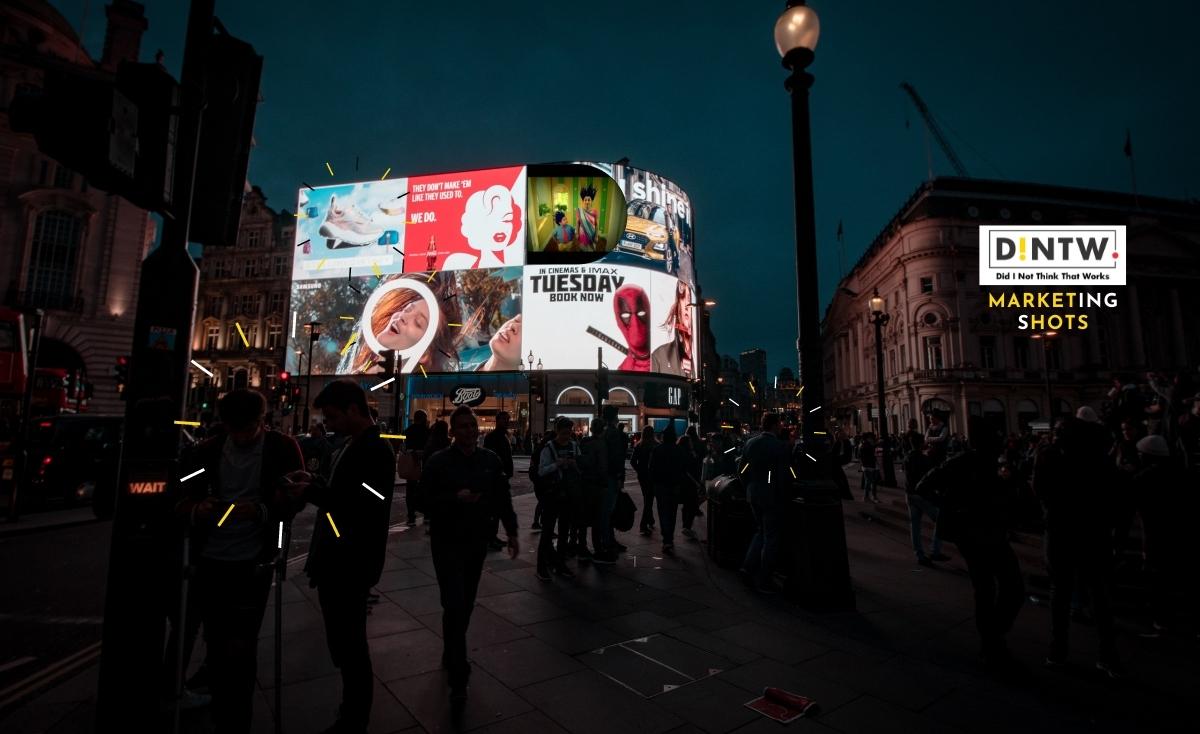As society and the economy progresses, internet slang has evolved from a communication medium to a common language. The subtle impact of internet slang in advertising has influenced people’s communication behaviour, language, and psychology. Businesses have also begun to use Internet slang in official correspondence. Slang has been around since the 16th century. Nearly a hundred slang words have been added to the urban dictionary of different languages. At the latest, Instagram Slang has gone to the next level and is becoming a cult for every influencer.

Internet slang is a new language with unique and inventive properties, and its usage may be termed creative advertising. Using a slang word on social media, brand awareness, or an advertisement campaign may boost its creative quality, raise the amount of attention it gets, and influence the time spent on product evaluation.
What type of advertising uses Slang Words?
Internet slang developed because of linguistic variance. Language variety is a critical idea in sociolinguistics and a distinguishing feature of the language, implying that there are several ways to communicate the same thing. Speakers may have distinctive accents, word choices (lexicon), morphology, and syntax. For example, some of the advertisement lines have stayed with us and stretched into more parts of speech than initially intended.
"Shock Laga Laga Laga" became an idiom for - an expected surprise or a shock in real sense. Digital Advertising avatar of this campaign aided search engine marketing and social media marketing campaigns for the brand.
"Mann Main Laddoo Foota" aka seduced or excited (depending on the context) - an expression of your liking for the opposite gender. It connected with the target audience so well that it extended into real-life situations.


We conducted experiential research to assess the influence of online slang on engagement in a marketing context, brand recognition, product evaluation, and attitudes about advertising. One study used eye-tracking tests across digital advertisements and content created for SEO (Search Engine Optimization), while the other used questionnaires.
Although utilizing online slang in an advertising campaign raised audience attention substantially compared to the standard English language, it did not always increase product assessment and brand recognition for various items like luxury goods vs daily use items. However, when this art of communication was designed for the relevant audience, it became synonymous with the brand. The fan/user started looking forward to receiving transmission on similar lines, thus enhancing the brand personality.
Examples of a Slang in Process: Code Switching
Using a foreign word or term in a sentence (for example, in an ad slogan) to create a mixed-language message is called “code-switching” in advertising. Code-switching assists marketers in determining the most effective embedded language for attaining their target advertising impact.


Code-Switching with Internet slang is amusing and engaging, and it contains features that draw attention or notable humour. Advertisements are getting more attention now since the creative quality has improved. In cigarette advertisements, for example, imaginative warnings get greater attention from the target population than more traditional ones. An example, (brand name deleted on purpose)
Tactics for effective use of slang
Internet slang makes extensive use of creative punctuation (such as emoticons), initialisms (words made up of just a few letters), and homophones (words that sound alike). With this different language, viewers can discern internet slang from dictionary language in advertisements. Advertisements that use eye-catching imagery are more likely to pique consumers’ interest because they convey a sense of originality. Few examples of different tag lines used by brands,
- “Byte into an apple,” as the saying goes in the Apple culture.
- Budweiser: “WASSSSSUP?!”
- Citibank: “The Citi never sleeps.”
- In the words of IBM, “On Demand.”
- Walks in Johnny Walker Whiskey: “Honor thy self” First
These catchphrases are mostly part of an emerging language variant and aren’t based on slang or language but on well-known sayings. In these messages, we encounter various idioms, simulations of dialect, plays on words, cunning double meanings, renowned song lyrics, biblical scripture, and even real-life narratives. Still, if you pay great attention, the origin of the original term holds importance.

Positive effects of internet slang in advertising
It’s hard not to get a language of homogeneity and rigidity from advertisements that employ dictionary terms. When advertisements utilize internet slang, consumers associate the signals conveyed by the language, such as novelty or trendiness, with their personalities, making them feel closer to the brand and providing a more positive emotional experience. Advertisements integrated with internet slang accentuate the fun and new aspects of the brand personality. Hence, individuals generate more brand awareness and positive sentiments about such promotions.
Advertising language may have various consequences, each with its own unique set of implications. Exciting advertisements elicit positive feelings from consumers, and the consumers link them with the product. Slang used on the internet is often hilarious, lively, and light-hearted. Using internet slang in advertising has a “novelty” impact on users’ social networks, leading to higher product evaluation. Attention is increased as advertisements get more creative, mirroring a positive brand attitude.
For generation z and alpha ads, exposure time to a slang term was longer than conventional language commercials or a mundane banner ad. Since consumers must spend extra effort on comprehending internet slang which demands elucidation. And internet slang, when induced in advertisements, increases the number of fixations and prolongs the time of each focus.
Slang Research- 11 craziest trend on Instagram
Hundreds of slang make it to the standard language dictionaries. Each month is a new trend for internet slang. Instagram, TikTok, Twitter is the go-to destination for the latest slang. For that matter, Gen Alpha, Z and Millennials have painted internet slang throughout all social media channels. We extracted the 11 most interesting and widely used slang for your reference.











Takeaway
Brands that don’t use Internet Slang in Advertising may miss out on connecting with their young audience at their preferred level. On the contrary, a word of caution as well. Excessive reliance on online slang may also negatively influence brand and product appraisal.









